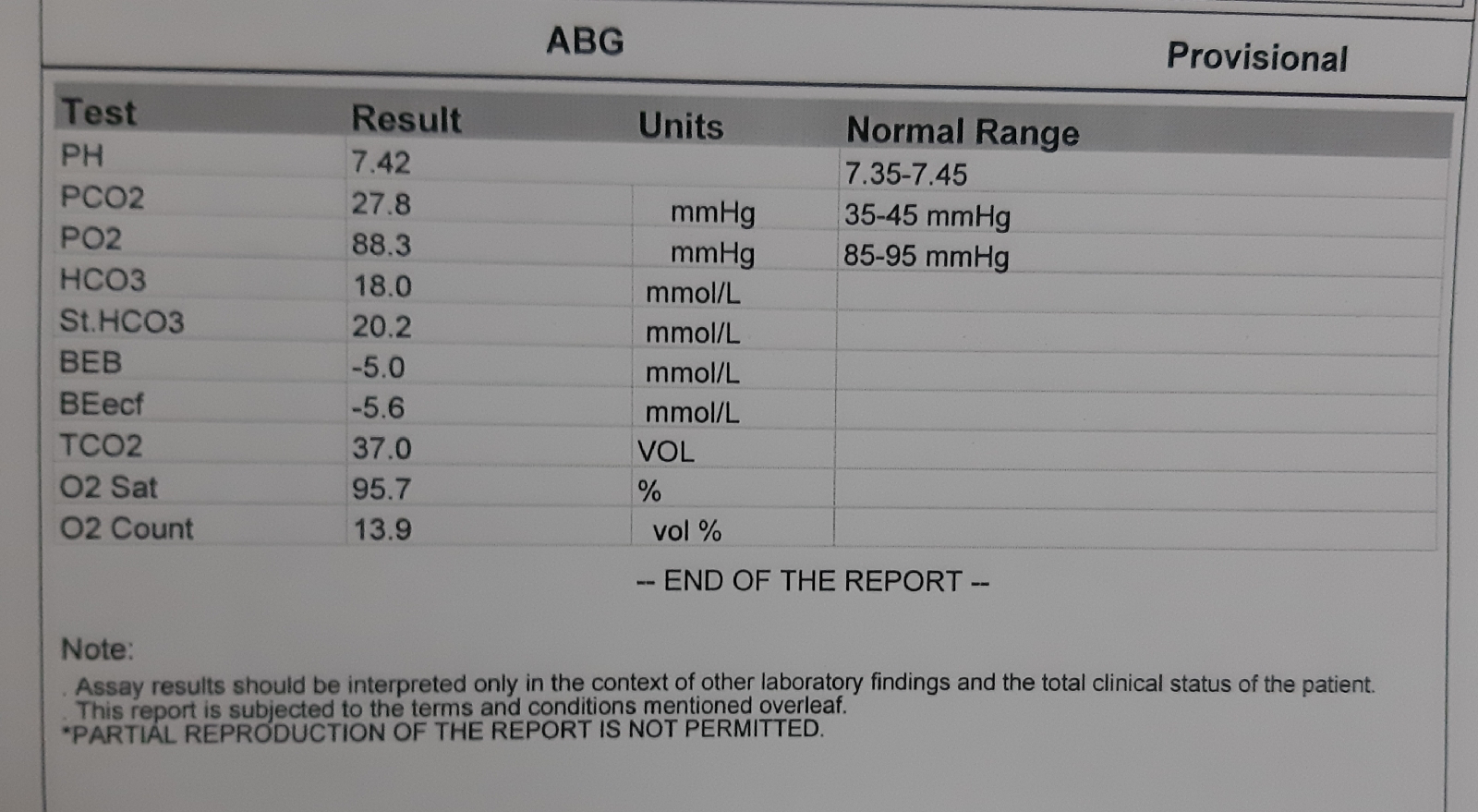https://swathibogari158.blogspot.com/2020/09/chronic-decompensated-liver-disease.html
Q1 Reason for this patients ascites
Might be due to liver cirrhosis
1.reduced albumin synthesis causes decreased oncotic pressure and transudation of fluid
2.reduced aldosterone metabolism causing
no aldosterone in circulation activating RAAS ,
salt and water retension causing ascites
2) Why did the patient develop bipedal lymphedema? What was the reason for the recurrent blebs and ulcerations and cellulitis in his lower limbs?
A) underfilling of circulation due to hypoalbuminemia and salt water retention causes splancnic vasodilation that increases splanchnic arterial pressure and increases permeabilty which increases lymph accumulation
Ulcers might be due to
Lymph stasis causes thickening of skin due to protein crosslinking which might cause inadequate circulation gradually ischemia and he mighy have developed ulcers
3) What was the reason for his asterixis and constructional apraxia and what was done by the treating team to address that?
A) due to liver dysfunction
Ammonia is not metabolized in liver it bypasses liver and crosses blood brain barrier probably due to interruption of posture pathway in rostral reticular formation and abnormal joint proprioception causing asterixsis and constructional apraxia
Lactulose is given as it acts as osmotic purgative.in colon,lactulose is catabolized to lactic acid and acetic acid which lowers the colonic ph andhelps in conversion ofammonia into non absorbable ammonium ion which helps in excreting ammonia
Rifaximin is antibiotic that reduces ammonia production by removing ammonia producing bacteria
4) What was the efficacy of each treatment intervention used for this patient? Identify the over and under diagnosis and over and under treatment issues in the management of this patient.
efficacy of treatment intervention given
high protein diet (2eggs / day) for decreased albumin synthesis
1. Air or water bed to prevent pressure bed sores in the dependent areas
2. Fluid restriction <1.5litres/day so as to decrease of fluid dissemination into the extra vascular space
Salt restriction <2.4gms/day to prevent retention of water due to osmotic gradient as sodium causes retention
3. Inj augmentin 1.2gm IV/BD to prevent secondary bacterial infections
4. Inj pan 40 mg IV/OD
5. Inj zofer 4mg IV/BD
6. Tab lasilactone (20/50)mg BD ( combination of furosemide and aldactone to decrease pedal oedema
If SBP <90mmhg - to avoid excessive loss of fluid
7. Inj vit k 10mg IM/ STAT ( as vitamin K causes coagulation to prevent further bleeding manifestions)
8. Syp lactulose 15ml/PO/BD for hepatic encephalopathy
9. Tab udiliv 300mg/PO/BD contain urodeoxycolic acid .UDCA has a choleretic effect, increasing hepatocellular bile acid excretion, as well as cytoprotective, antiapoptotic, and immunomodulatory properties.
UDCA has been shown to delay development of gastroesophageal varices and progression to cirrhosis as well as to improve long-term survival in patients with primary biliary cirrhosis
10.syp hepameiz 15 ml/PO/OD as it has hepatoprotection properties
11.IVF 1 NS slowly at 30ml/hr to maintain hydration
12. Inj thiamine 100mg in 100mlNS /IV/TID as thiamine deficiency's occur in chronic alcoholics
13.strict BP/PR/TEMP/Spo2 CHARTING HOURLY
14.strict I/O charting
15.GRBS 6th hourly
16.protein x powder in glass of milk TID for protein supplementation and muscle wasting which commonly occurs in cirrhosis patients
17. 2FFP and 1PRBC transfusion to support coagulation pathways
18 .ASD DONE for wound infections and ulcer
Case2 :
1) Why were his antitubercular therapy stopped soon after his current admission? Was he symptomatic for ATT induced hepatitis? Was the method planned for restarting antitubercular therapy after a gap of few days appropriate? What evidence is this approach supported by?
A)his medications were stopped due to his chronic liver disease(alchoholic since 35 years)as ATT drugs are hepatotoxic and cane deteriorate his condition .
.hepatotoxicity due to anti-TB drug treatment was defined as the following criteria: 1) serum aspartate aminotransferase (AST) and/or alanine aminotransferase (ALT) levels >5 times the upper limit of normal (ULN; 40 IU/L) or >3×ULN, with clinical symptoms such as nausea, vomiting, abdominal pain
He doesnot match with any criteria so he is not symptomatic for att induced hepatotoxicity
.yes he can take att provided using drugs which are not potentially hepatotoxic as main concern is primary focus
2) What were the investigational findings confirming the diagnosis of pulmonary TB in this man?
Ans. In history he mentioned he was positive for spitum
Bilateral infiltration of lung fields noted in chest X-Ray (PA view)
3) What was the cause of his ascites?
A) as saag ratio is 1.2 it is non inflammatory cause most likely portal hypertension
4) What are the efficacy of each intervention mentioned in his treatment plan and identify the over and under diagnosis as well as over and under treatment issues?
A)Inj Human Actrapid Insulin s/c 8am - 2pm - 8pm for diabetic management
Inj PAN 40 mg IV/OD
Inj optineuron 1 amp in 100 ml NS Iv/bd for nutritional supplementation such as Vit B12
ATT to be with held for hepatoxicity although should be used based on CTP score mentioned above
Syp lactulose 15ml HS to prevent hepatic encephalopathy
Protein powder 3 to 4 scoops in 1 glass of milk or water QID for protein supplementation
Stop all OHA s
Grbs charting 6th hrly
Strict I/0 charting
High protein diet 4eggs daily for protein supplementation
ORS sachets in 1 litre of water to compensate electrolytes lost due to diarrhoea
Bp charting hourly
Inj PIPTAZ 4.5gm/IV/bd stat
Vit k 10 mg Iv OD for 5 days to prevent bleeding manifestations
Temp BP PR monitoring 4th hourly
IVF - 1 DNS @50ml/hr for hydration
Nebulisation with salbutamol and mucomist 12th hourly. for ?cough
Inj thiamine 100 mg in 100 ml NS IV TID. for chronic alcoholism.
Case3
1) What will be your further approach toward managing this patient of nephrotic syndrome? How will you establish the cause for his nephrotic syndrome?
It would help to know the cause of his situation if it is glomerulus pathology
Cons - expensive
Post biopsy complications like blood in urine,pain at site ,


Comments
Post a Comment